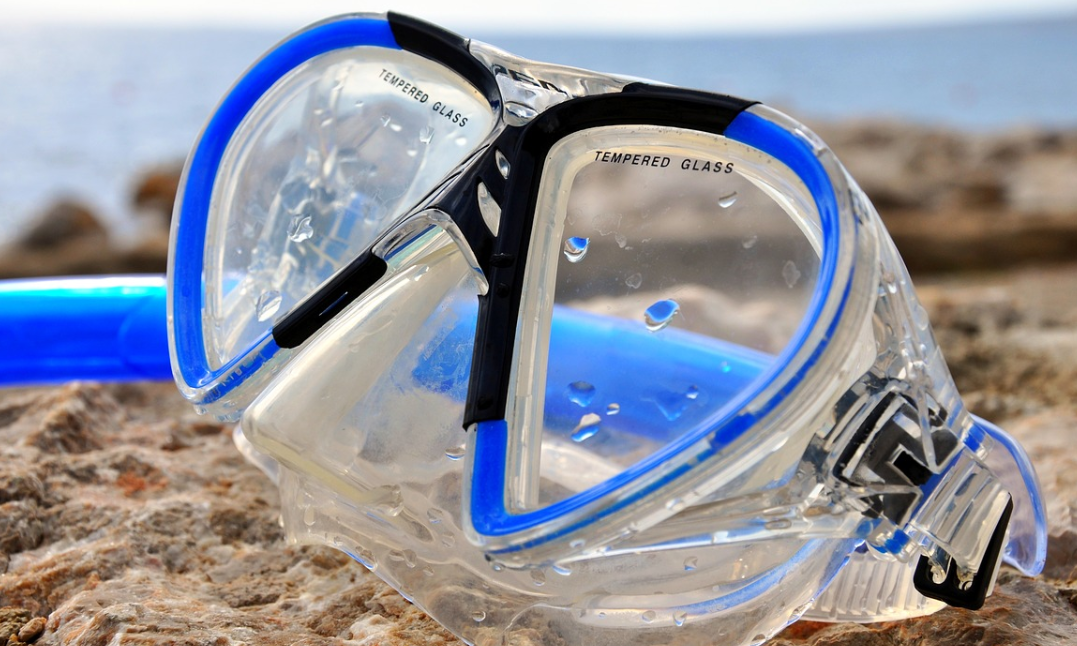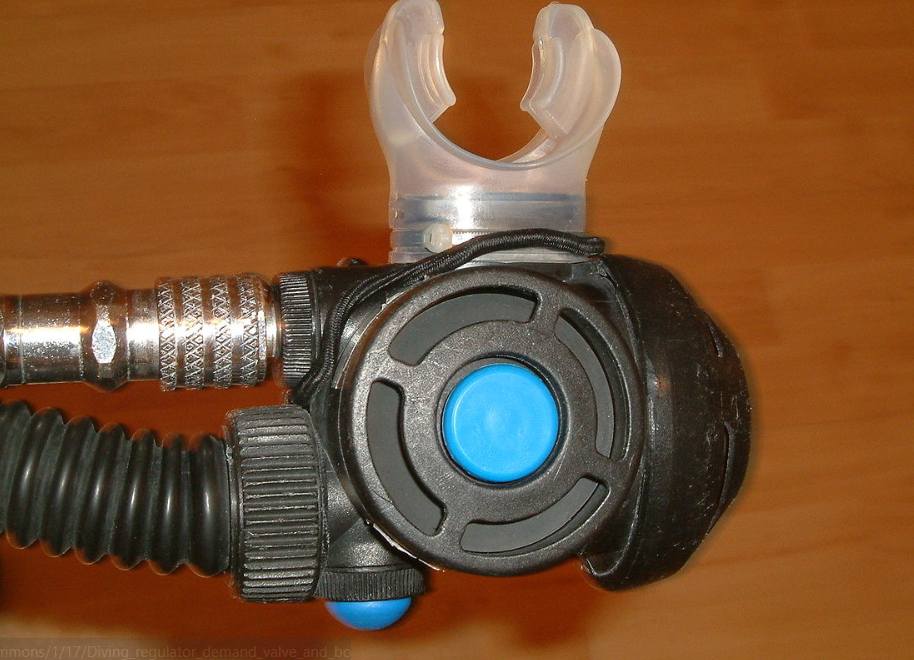It can be a daunting task for a beginner scuba diver to wrap their head around all the essential equipment that is needed for a successful, safe dive. It doesn’t need to be. Each item of kit plays an important role, and after your first dive, you will see in action how each piece of equipment is important and why.
But before you set out on your first dive, then read this guide, as it will explain the functions of the most essential pieces of diving equipment.
Exposure Suit
An exposure suit is worn to regulate your body temperature while you are underwater. It is essential for every scuba diver.
A wetsuit is the most common form of exposure suit. It is a skin-tight suit that is usually made from closed-cell foam neoprene. It offers you insulation while you’re underwater. The thicker the material the wetsuit is constructed from, the more insulation you will get, so thin wetsuits are for warmer waters, and thick ones are for tepid or cold water.
A drysuit is slightly different. These are designed for extremely cold waters. As the name suggests, you are kept completely dry, because air is used for insulation, rather than water, which it is with a wetsuit. This means that drysuits are looser than wetsuits, which also allows for more layers to be worn underneath them
Dive Mask
The primary function of the dive mask and the most important is that it allows the scuba diver to see while underwater. They come in a variety of shapes and sizes, with some offering panoramic views, and others offering more limited views, but then being less cumbersome.
The two most common types of diving masks are the half mask and the full mask.
The half mask is similar to a pair of goggles. They go around the head and cover both the eyes and nose, but they do not cover the mouth.
A full mask covers the whole of the face. This means that that the breathing apparatus must be integrated into the mask. A full mask is far more common in scuba diving.
Fins
Worn on your feet, fins increase your potential for efficiency and speed when kicking, which is due to their huge surface area, and other features such as vents. The reason why divers wear them is that it means that you can move through the water purely by the use of your feet, therefore it frees up your upper body completely.
Diving Tank
Without your diving tank, you’d only be able to be under the water for as long as your lungs can handle. Which wouldn’t be very long at all? The diving tank contains the essential compressed air or gas mixtures that you will breathe while diving.
Regulator
The other part of your breathing apparatus, besides the diving tank, is the regulator. This screws into the diving tank. And it also will go into your mouth or connect to your full-face dive mask. Its purpose is simply to reduce the pressure of the gas in your tank to ambient pressure which you are then able to breathe.
Dive Computer
Dive computers come in a huge range of sizes, shapes, and offer lots of functions. But their main purpose is to monitor and measure the time and depth of your dive. This then means that it can warn you or advise you as to the ideal ascent rate and if you missed any decompression stops. Some dive computers will also monitor the levels of gas in your tanks. Many can be worn on the wrist, like a watch.
Pressure Gauge
This piece of equipment has a single purpose which is to tell you how much gas you have in your diving tank. This knowledge is extremely important so that you’re able to regulate breathing and plan your ascent.
Depth Gauge
This is another simple piece of equipment that has one purpose, which is to gauge your depth, therefore telling you what depth you are at while you are underwater, and it will also show you your maximum depth.
Buoyancy Control Device
The buoyancy control device – also known as BCD – is worn by a diver to make sure that neutral buoyancy is established. This basically means that it stops you from sinking to the ocean bed or floating back up to the surface of the water. It is manually operated and requires a lot of attention.
Snorkel
A snorkel is a tube that is usually made from plastic or rubber. One end is put into the diver’s mouth, while the other should be above the surface of the water, therefore allowing the diver to breathe. Scuba divers use these when near the surface so that air in the diving tank can be reserved for greater depths.
Dive Knife
A dive knife is a knife with a serrated edge and is usually made from stainless steel or titanium. It offers divers security underwater, so if they become entangled in a fishing net, for example, they can cut themselves free.
Surface Signaling Device
There is a range of signaling devices available, such as lights, whistles, and air horns. These are basically used to attract attention if the diver is at the surface and needs help.
Now you know all the most important pieces of equipment for scuba diving. After your first dive, you will quickly become acquainted them. I hope you enjoy your scuba diving adventures!
If you liked the article, please leave your feedback.


